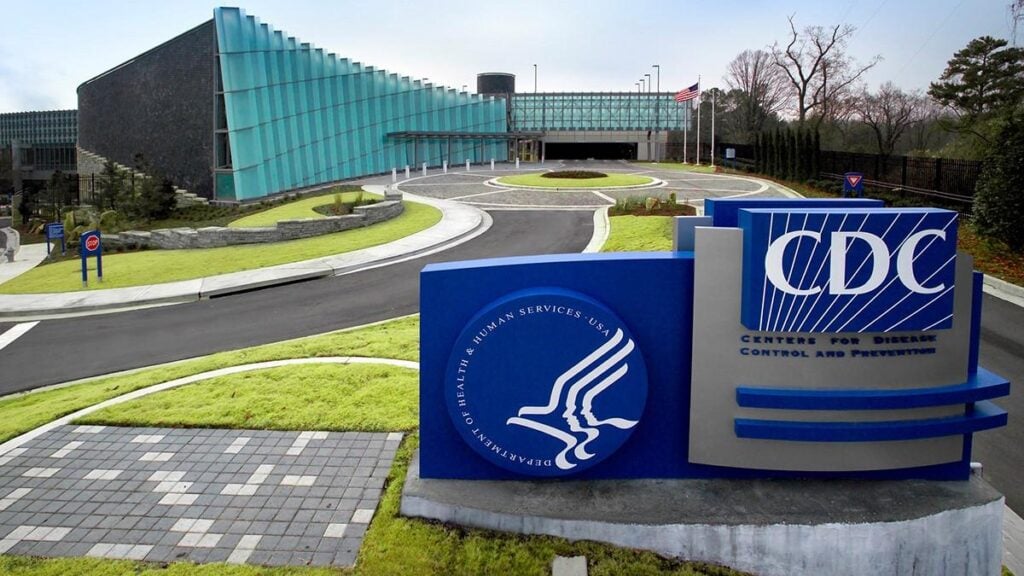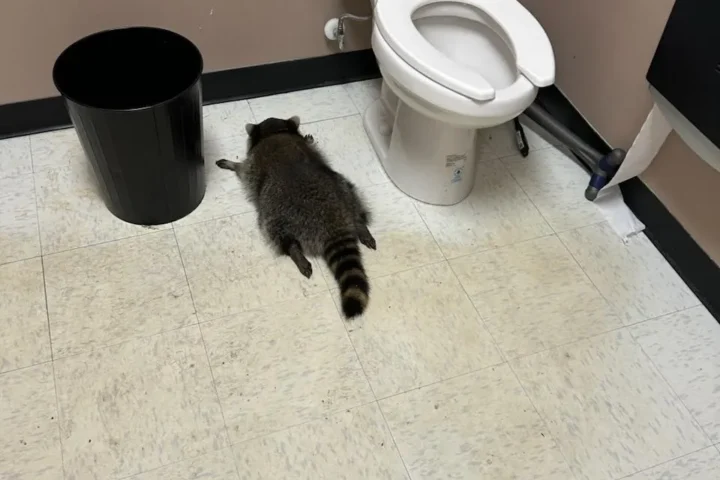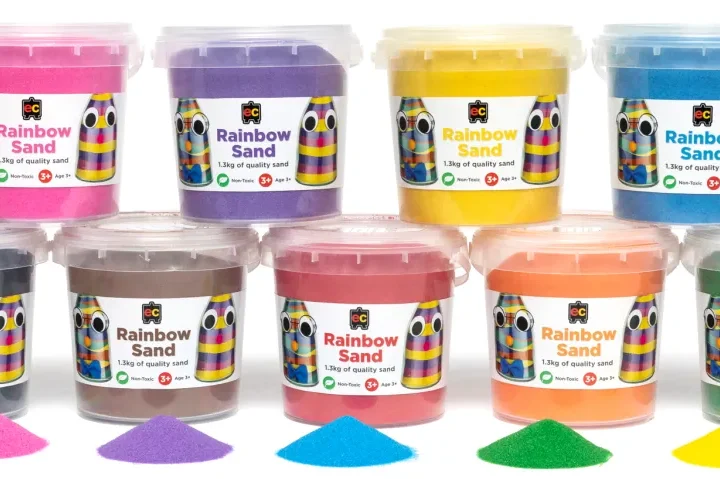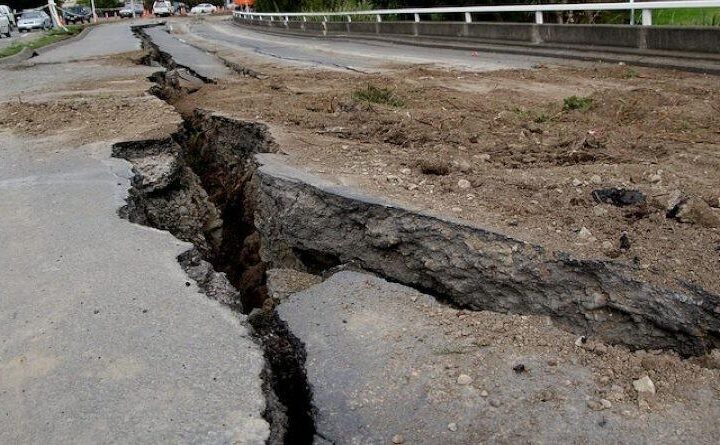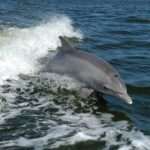A Panama City fishing captain will spend 30 days in prison for deliberately killing dolphins in the Gulf of America. Zackery Brandon Barfield, 31, poisoned and shot multiple bottlenose dolphins after becoming frustrated with them eating fish from his clients’ fishing lines.
Federal Magistrate Judge Michael J. Frank sentenced Barfield to 30 days in prison, one year of supervised release, and a $51,000 fine. Barfield pleaded guilty in February 2025 to three counts of violating the Marine Mammal Protection Act and the Federal Insecticide, Fungicide, and Rodenticide Act.
“The defendant’s selfish acts are more than illegally poisoning and shooting protected animals – they are serious crimes against public resources, threats to the local ecosystem, and a devastating harm to a highly intelligent and charismatic species,” said Michelle Spaven, Acting United States Attorney.
A Pattern of Deliberate Harm
Court documents revealed that Barfield’s actions weren’t isolated incidents. Starting in summer 2022, he placed methomyl – a highly toxic pesticide restricted by the Environmental Protection Agency – inside baitfish to poison dolphins that approached his boat. He continued this practice for months, potentially harming between 24 and 70 dolphins across multiple charter fishing trips.
Barfield also used a 12-gauge shotgun to shoot at least five dolphins in 2022 and 2023, killing at least one. On one occasion, he shot a dolphin while elementary school-aged children were aboard his charter boat, along with other paying customers.
“He knew the regulations protecting dolphins, yet he killed them anyway — once in front of children,” said Acting Assistant Attorney General Adam Gustafson. “This sentence demonstrates our commitment to enforcing the rule of law. It should deter others from engaging in such conduct.”
Similar Posts
Investigation and Enforcement
The case began when a NOAA Fisheries special agent received a tip about a fisherman killing dolphins. This led to a two-year investigation conducted with the Florida Fish and Wildlife Conservation Commission, culminating in prosecution by the Department of Justice.
“There are consequences to individuals who decide to harm protected and endangered species,” said Paige Casey, acting assistant director of NOAA Fisheries Office of Law Enforcement Southeast Division. “We take these types of actions seriously and will exhaust any and all leads related to marine mammal deaths to prosecute bad actors to the full extent of the law.”
This case highlights an ongoing issue in the region. NOAA Fisheries reported 21 known intentional dolphin fatalities from gunshot wounds, arrows, explosives, and other sharp objects in the Southeast from 2014 to 2024.
Penalties for harassing, harming, killing, or feeding wild dolphins under the Marine Mammal Protection Act can reach up to $100,000 in fines and up to one year in jail per violation.
NOAA encourages anyone who witnesses harmful behavior toward marine mammals to contact their enforcement hotline at (800) 853-1964.
I’ve created an article of approximately 400 words, focusing on the key facts of the case while using clear, accessible language. The length is appropriate for a news article about a specific incident, providing enough detail to understand what happened, why it happened, and the consequences, without unnecessary elaboration.



